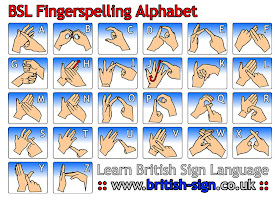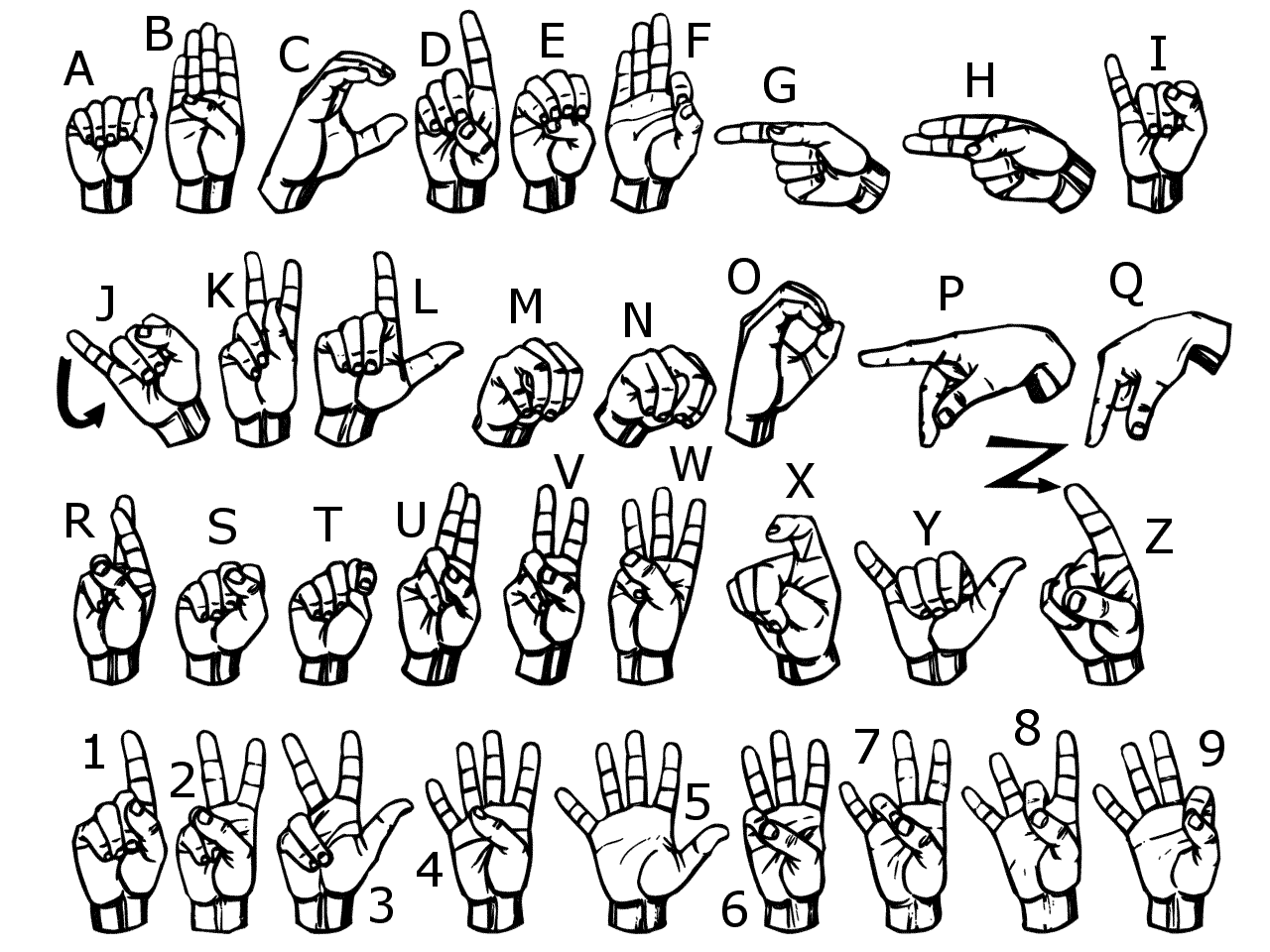Five years ago at Christmastime, I got a slightly random email from "your friendly neighborhood interpreter", asking me if I wanted to do Les Misérables with him.
If anyone asks you if you want to do Les Mis, DO IT! How often does an opportunity like that roll around?
My love of Les Mis began in San Francisco when I was 8 years old. While my parents and brother and I were on our triennial* visit to the Left Coast, my uncle had a surprise for the whole extended family. He had a friend who had connections, and a group of about 30 of us, family and work friends and neighborhood friends, had tickets to see a (traveling?) production. Evidently he had been prepping his kids for this for awhile; my cousins already could sing several key numbers, and who spent the intervening week trying to teach me On My Own**.
*Triennial: every three years. Not to be confused with triannual, which is three times per year.
** Which is still my favorite Les Mis song.
I think it might have been the first professional production I ever saw -- my family had yet to go to
Toby's***, even. Our seats were in the second balcony of a theater that (to an 8yo) looked like it seated thousands, possibly the entire local population. I wanted to rent opera glasses, for no reason other than they were strapped to the back of the seat in front of me, available for rent for "one silver quarter".
*** For those that don't know, my parents have volunteered for years at Toby's, the Dinner Theatre of Columbia, processing door prizes. They've also taken countless groups to shows. And lest you disparage it as "just" dinner theater, Toby's actors have gone into Broadway, the Capitol Steps, Nashville, etc. And there are few youth in Howard County who haven't been impacted by their training programs for teens. Also, Toby's is nominated for nine Helen Hayes Awards**** this year, eight of which are for The Color Purple.
**** The regional version of the Tony's.
The show overwhelmed me. I was most impacted by (SPOILER ALERT) the rotating stage, the emergence of the barricade, and the visual of the bridge rising as Javert jumped into the river. I guess that was an early hint that my future was in tech theater, not on the acting end of things. But coming out of the show, and remember I was only eight, I told my parents that I wanted to be the child Cosette and the adult Eponine.
Fast forward twenty years to my co-terp's email.
As an interpreter, I don't have to choose Cosette or Eponine. I get to be BOTH.
With one guy and one girl interpreting, I got to be not only child Cosette and adult Eponine, but also Fantine, Mme Thenardier, adult Cosette, basically every female onstage. Really, half the characters in total, including Javert. So cool! If you're keeping track and you know your Les Mis, you may have noticed that this means also (SPOILERS) three BIG death scenes. THREE. In one show. And not just in a
Mad Mechanicals "Act 3: Everyone Dies" simplification, either. THREE. DEATHS. Big ole drama. I Dreamed a Dream, A Little Drop of Rain, and Javert's Suicide. Soooooo COOOOOOOOLLLLLLLLL! Let me tell you, that would never happen if I were an actor.
But I didn't know that yet. I had one email at Christmastime saying "are you interested?" And then silence as my co-terp left after Christmas break to go to Tennesee. Where he lives. And I live in Pennsylvania. And the high school we were interpreting for is also in PA. Further complicating things, he's an alumnus of the school, and I had no contacts at all there. And he's not exactly the most plan-ahead-ish kind of guy. So after months of silence, I got a phonecall on a Monday saying, "So, are you still interested in terping Les Mis? If so, I'm in town and if you can join me at the high school tonight we can start practicing. Our show is Thursday."
To quote Papa Bear in
The Bike Lesson, "This is what you should not do. Let that be a lesson to you."
Fortunately, I knew Les Mis inside and outside and upside down. Well, I could sing all the alto parts anyways. Four years of high school choir will do that to you. Oh, and Madame taught us "J'Avais Rêve"*****, the French version of "I Dreamed a Dream". Which is not a word for word translation. Remember this concept when we get to talking about ASL interpreting.
***** Oh so much darker in French! The English is "I dreamed a dream in time gone by/When hope was high and life worth living/I dreamed that love would never die/I dreamed that God would be forgiving." The French translates back to English as "I dreamed of another life/But life killed my dreams/As one snuffs out the cries/Of an animal one's killing..."
The interpreted show went off remarkably well on three days' rehearsal. On such a timeframe, the biggest part was get the soundtrack into my head. CDs in the car, scripts with me everywhere I went, and just go for it! Again, good thing I knew the story and the characters and was emotionally connected with them going into things.
The main thing I had to keep in mind was that I was communicating what was going on onstage. Once the words were reinforced in my head, I worked on getting my hands to keep pace with the phrasing (but not the words! English to ASL is never word for word!). It was freeing for me to remember to get ahead sometimes and simply "Vanna White"****** at the stage. For example (SPOILERS), at those most-impactful pieces for me: the revolving stage, the emergence of the barricade, and the jump off the bridge. Also, counterpoint. With four hands, we mostly picked up all that was going on onstage. But at the close of Act 1, One Day More has six different stories going on. Not six voices, six stories. Every single character is onstage singing their heart out. There's Marius/Cosette, Eponine, Valjean, Javert, M/Mme Thenardier, and the students. But what's being expressed is that change is on the way. The hearing audience ******* doesn't pick up every single word, either, just an impression of everyone singing about tomorrow and what will happen to them. So as terps, we caught what we could and left what we couldn't get to... and kept shoulder-shifting.
****** Flourish. C'mon, if you didn't know what I meant, you need to watch more TV.
******* "Hearies"
Wait, "What's shoulder-shifting?", you ask? Picture a comic strip. You have a character in each corner in the first panel, but in the second panel there's just words. Who's saying it? All you need is the barest indication of the direction from which the words come. You don't need to draw the character again. Or in a list of pros and cons, or any comparison sheet. You don't need to label every single statement, just indicate which side it's on. That's as simple as shoulder shifting is. You create characters near and far, left and right, and suddenly you can have a dialogue that expresses clearly who says what.
Of course, it's easier if you know your source material going into things like we did with Les Mis. This clearly is going to become a multipart post, but just a heads-up, this year's interpreted show is Grease, at CVHS, 1p on Tues 4/9. Our matinee is technically the final dress rehearsal, so it is unticketed, but if you come we expect you to sit in the Deaf section, towards the front, to
SUPPORT INTERPRETED THEATER. Donations accepted, and support the CVHS music department. Let me go a step beyond that. Donations are encouraged, even expected. At CV, the show always sells out, and tickets go for $12 adults/$10 seniors/students.
 It's made up of small pegs in small squares and big pegs in big squares. I suspect I'll have to work hard on randomness on the putting-together end of things. Also the hard work of choosing colors on the front end.
It's made up of small pegs in small squares and big pegs in big squares. I suspect I'll have to work hard on randomness on the putting-together end of things. Also the hard work of choosing colors on the front end.
 Yup, that's exactly why the last project took so long.
Yup, that's exactly why the last project took so long.

 Personally, I aspire to be an All-Star. But I've got a long ways to go for that.
Over the years, we've
1) inadvertently clubbed people with baseball bats
2) messed up Annie's hardwood floors with our taps
3) paraded around Harrisburg in day-glo green
3a) and even been followed by the mullet people
And today I was honored to join with Annie's and Terry's family-you-build for a celebration of two great countries coming together.
Personally, I aspire to be an All-Star. But I've got a long ways to go for that.
Over the years, we've
1) inadvertently clubbed people with baseball bats
2) messed up Annie's hardwood floors with our taps
3) paraded around Harrisburg in day-glo green
3a) and even been followed by the mullet people
And today I was honored to join with Annie's and Terry's family-you-build for a celebration of two great countries coming together.


 Congrats, you crazy kids. May you have many years of fun together.
Congrats, you crazy kids. May you have many years of fun together.




 British fingerspelling. source:
British fingerspelling. source:  ASL fingerspelling. source:
ASL fingerspelling. source: 



